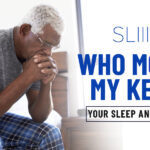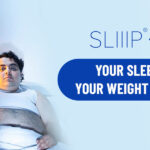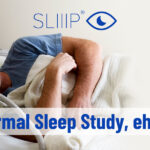Like any other test, sleep studies – at home and in laboratory – have flaws. These flaws are corrected by matching the test result to the clinical suspicion, which is based on the history taken by the provider. Home sleep tests (HSTs) while democratizing sleep testing are increasingly being managed by non-sleep specialists.
Through research studies, HSTs underestimate severity of sleep disordered breathing by 30-40% and nearly 20% of HSTs are false negative studies. A false negative result means the patient has a problem that the test failed to capture. Even the gold standard for sleep testing, the in-laboratory study, can result in a false negative result due to the first night effect.
While the growing awareness of sleep and its impact on health is encouraging, I see patients through our sleep telemedicine service who report treatment deferment for mild sleep apnea or no further testing was offered despite high-risk symptoms of sleep apnea. These patients then spend years with deteriorating health driven by undiagnosed sleep apnea, until they talk to a sleep specialist online. Consider that an estimated 85% of sleep apnea patients remain undiagnosed in this country, and you can begin to understand my concern. This is a very treatable disease, in the right hands.
Written by: Avinesh S Bhar, MD, a Sleep specialist in Florida
Source : Normal Sleep Study, eh?



